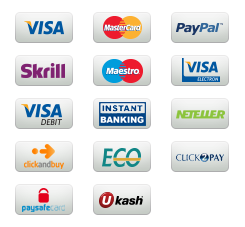The security of medical information.
Numerous medical organizations are keeping records online to eliminate the threat of a natural disaster. Discuss how this changes the security of medical information.
Sample Answer
The move to electronic medical records (EMRs) has been a major shift for the healthcare industry. EMRs offer a number of advantages over paper records, including improved efficiency, accuracy, and accessibility. However, they also introduce new security challenges.
One of the biggest concerns with storing medical records online is the risk of cyberattacks. Hackers could potentially gain access to patient data and use it for identity theft, fraud, or other malicious purposes. In 2021, there were over 500 data breaches involving healthcare organizations, exposing the personal information of over 40 million patients.
Another security concern with EMRs is the risk of human error. Medical professionals who are not properly trained in how to use EMRs could accidentally expose patient data. For example, they could accidentally send a patient’s medical record to the wrong person or leave it unencrypted on a shared drive.
To mitigate these risks, healthcare organizations need to implement strong security measures to protect their EMRs. These measures should include:

 Our orders are delivered strictly on time without delay
Our orders are delivered strictly on time without delay  Our orders are delivered strictly on time without delay
Our orders are delivered strictly on time without delay 


